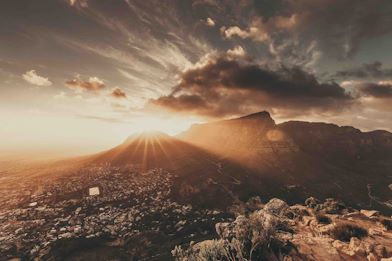At the moment, the Okavango Delta is experiencing a significantly lower inundation than in previous years, notably in the western parts, but it is certainly not all bad news. The drier conditions have brought about a fascinating dynamic – in short, more big game!
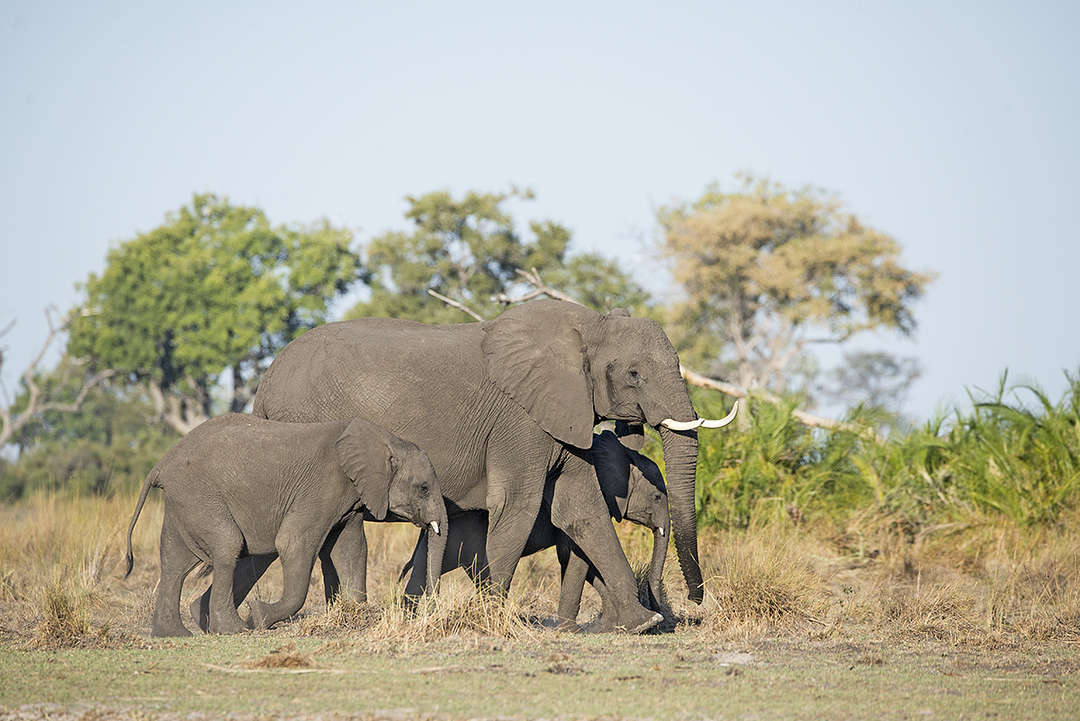
The Jao Reserve, for example, has enjoyed a long period of above-average inflow, but this year has proven to be quite different. With minimal summer rainfall this past season in northern Botswana, and lower rainfall in Angola, the waters this year (2019) are almost non-existent in the Jao Reserve – the driest on record in 21 years. Yet we know that the Delta has had previous dry spells just like this, the last major one in the early 1990s and others dating back to the early 1900s. What has made it so obvious is that the Jao Reserve has had very high water levels, especially with the Boro Channel flowing predominantly down the west in the early 2000s.
When it comes to the Jao Reserve, there are two main channels that feed the western Okavango: the Jao-Boro system and the Thaoge system. Recent satellite imagery however, clearly shows that limited water is flowing down these western parts with the majority flowing east above Chief’s Island. This flow is possibly due to tectonic movement (owing to a 6.5 magnitude earthquake back in 2017), which has been exacerbated by the lower flows from Angola this year. What is interesting to note is that the Thaoge River was dry for a long period in the 1980s and 1990s.
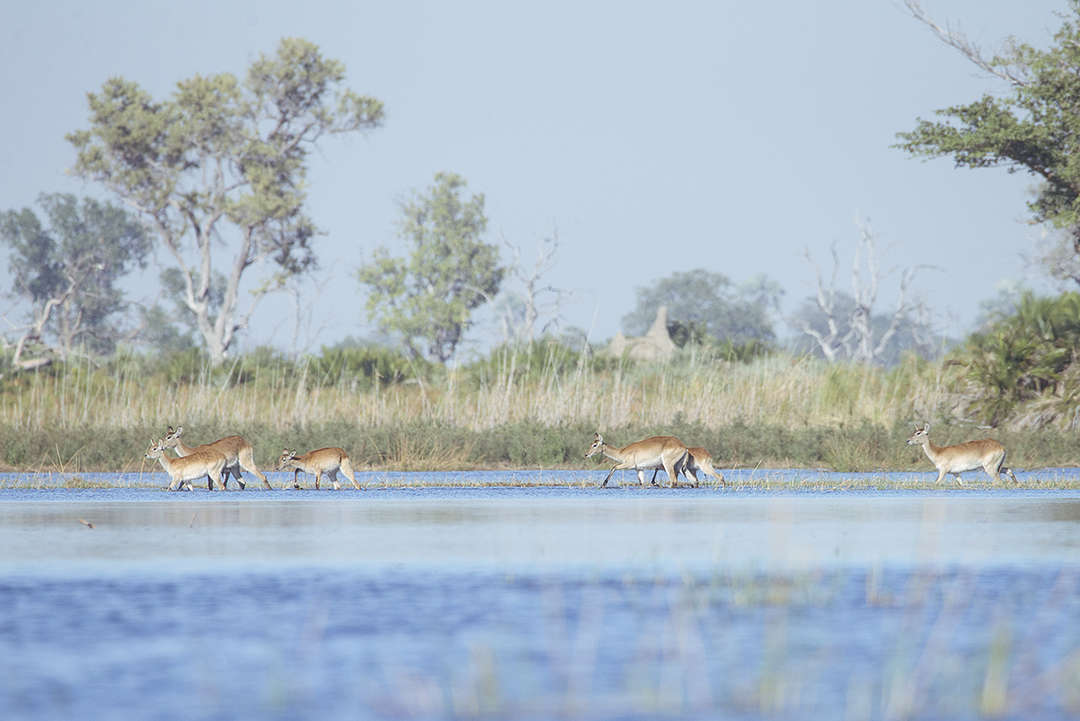
So what we are seeing is in fact a natural cycle of wet and dry times for Jao.
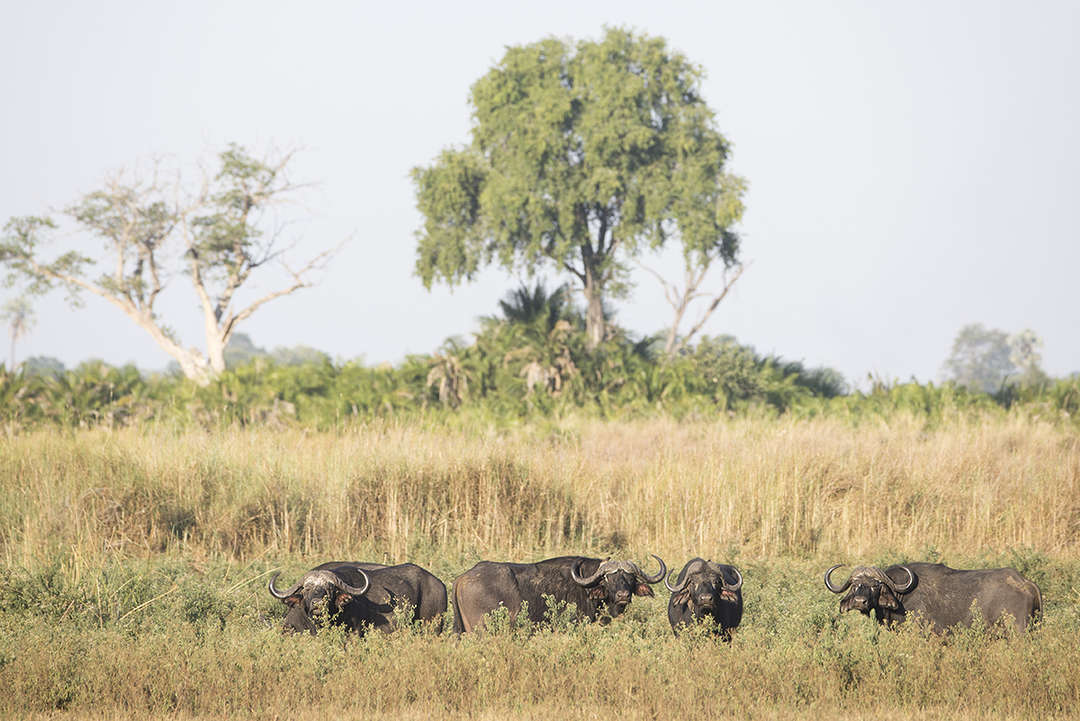
Annual flooding typically revitalises the Delta following the peak of the dry season, resulting in an extraordinary juxtaposition of wetland in an otherwise arid landscape. This, and the receding waters, results in the continuous transformation of islands, channels, and floodplains that in turn influence the dynamics of the Delta, year on year.
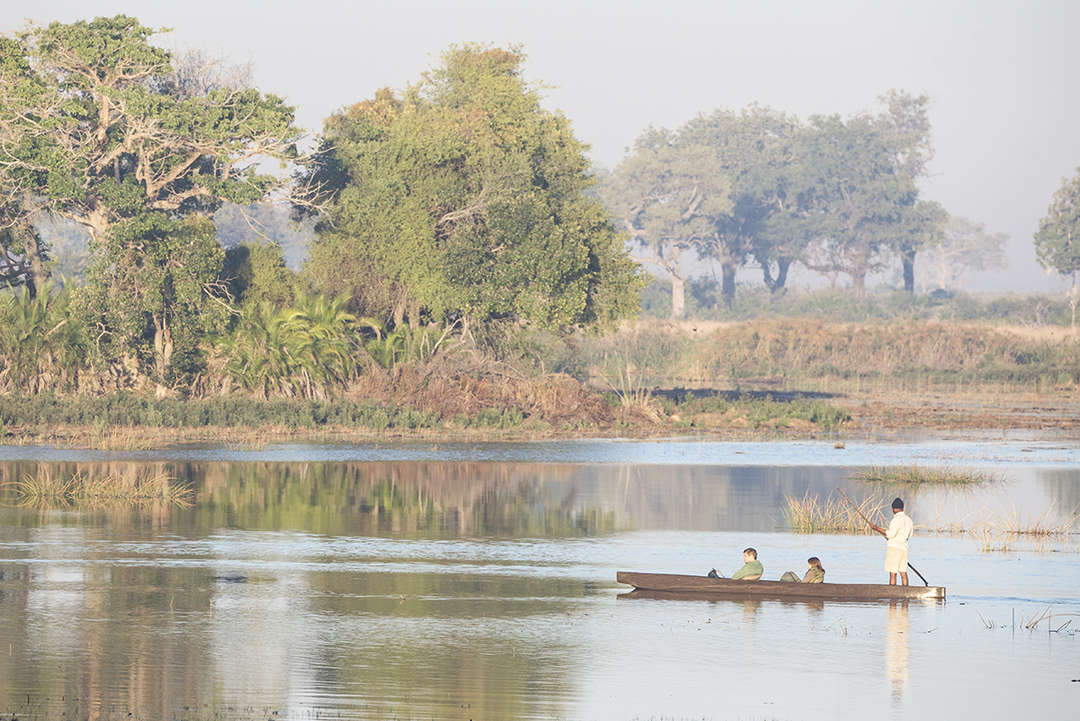
Then there’s what goes on beneath the surface, which is simply fascinating, particularly the “Okavango Dyke Swarm” that notably runs straight through the western parts of the Delta – being a vast series of tectonically-active fractures intruded within the earth’s crust. The Delta also owes its creation to a set of fault lines, weaknesses in the Earth’s crust, formed by tectonic movement (still ongoing today) along an extension of the East African Rift Valley.
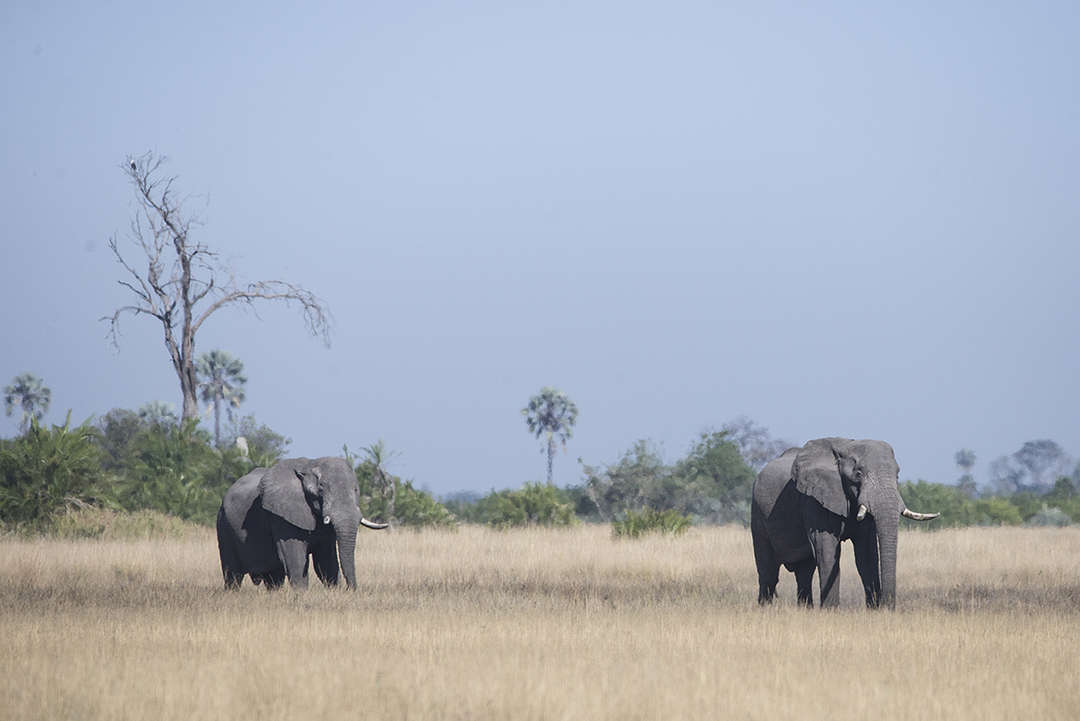
However, this has also brought about interesting changes in wildlife movements in the Jao Reserve. We are now seeing far larger numbers of blue wildebeest, Burchell’s zebra, kudu, warthog, elephant, Cape buffalo, giraffe and impala, with unusual species such as roan antelope even being recorded. The predator abundance has therefore been very good as well, with lion, leopard, spotted hyaena and even cheetah being seen on a frequent basis. The permanent papyrus swamp areas and lagoons on the eastern parts of Jao still harbour good densities of Okavango specialists such as red lechwe, and there is still a very good concentration of tsessebe, common reedbuck and hippopotamus, and primates such as chacma baboon and vervet monkey.
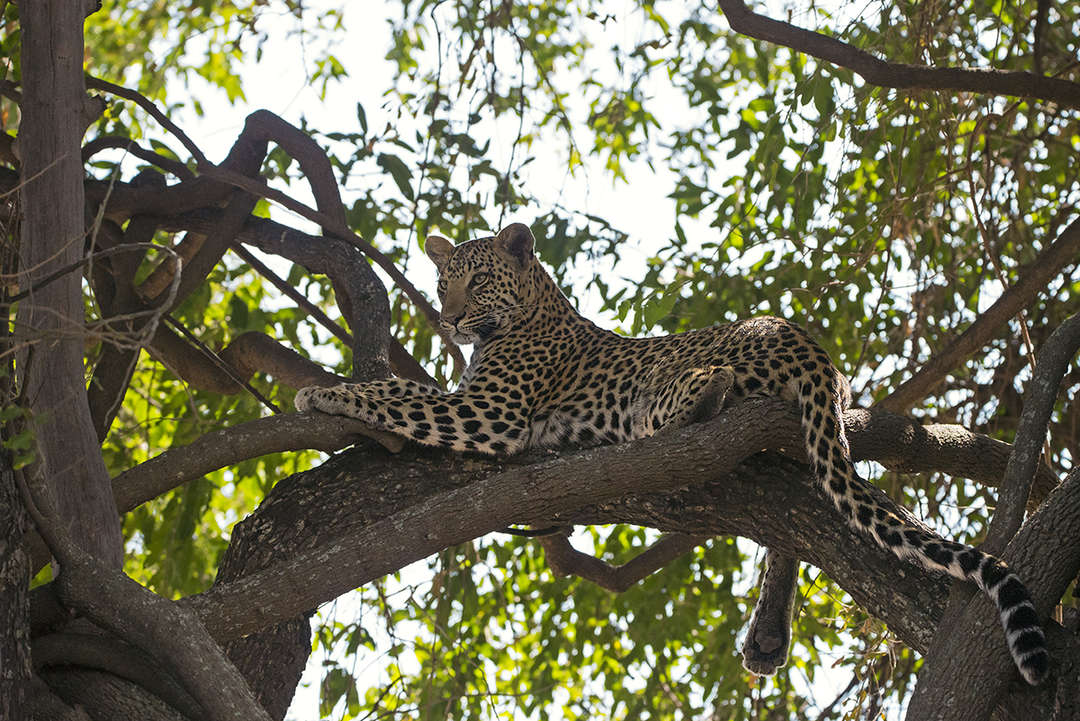
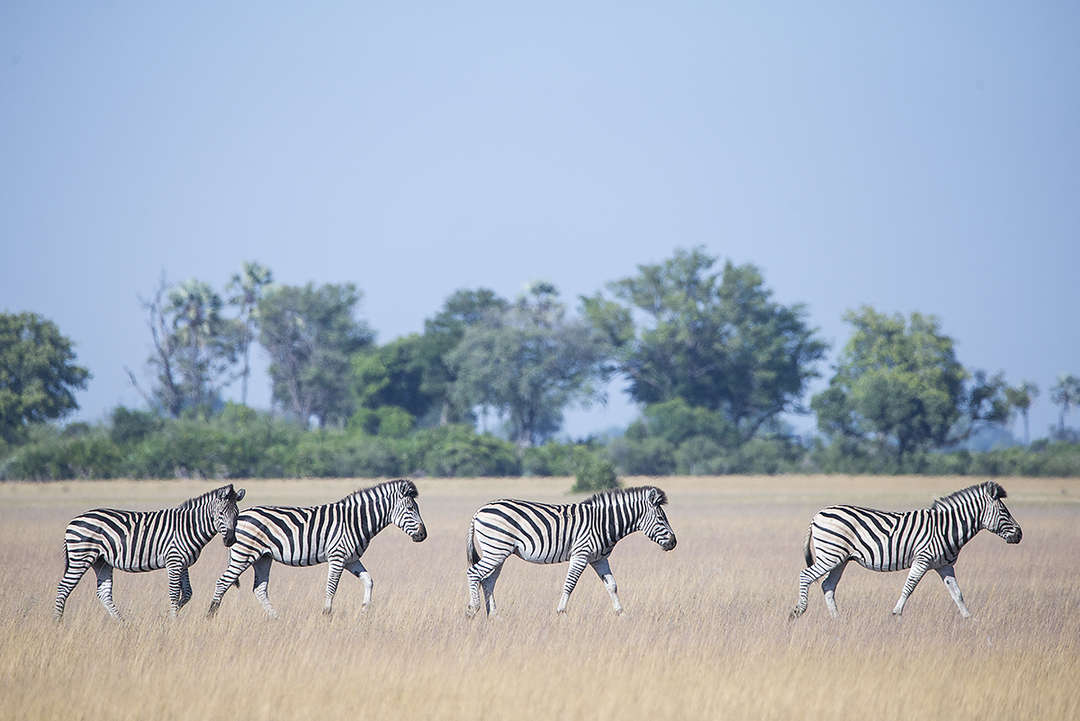
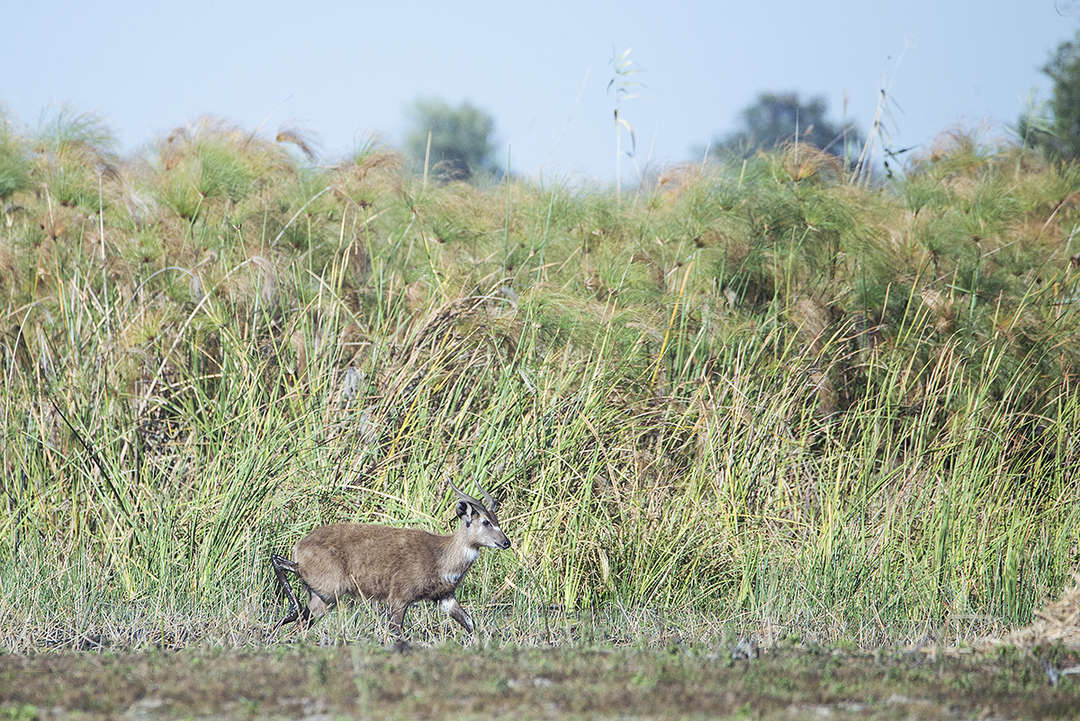
The Jacana area is also still enjoying wonderful sightings of sought-after sitatunga, the drier conditions possibly concentrating their available feeding areas. There are also areas in Jao, notably in the east, that have some water.
While many people visit the Okavango for the water experience, current guests will see a very different persona that is just as beguiling. The wildlife dynamic and density interplay, coupled with the remoteness, sense of space and tranquillity that exemplifies the Okavango, still make for a life-changing visit to Jao Reserve.
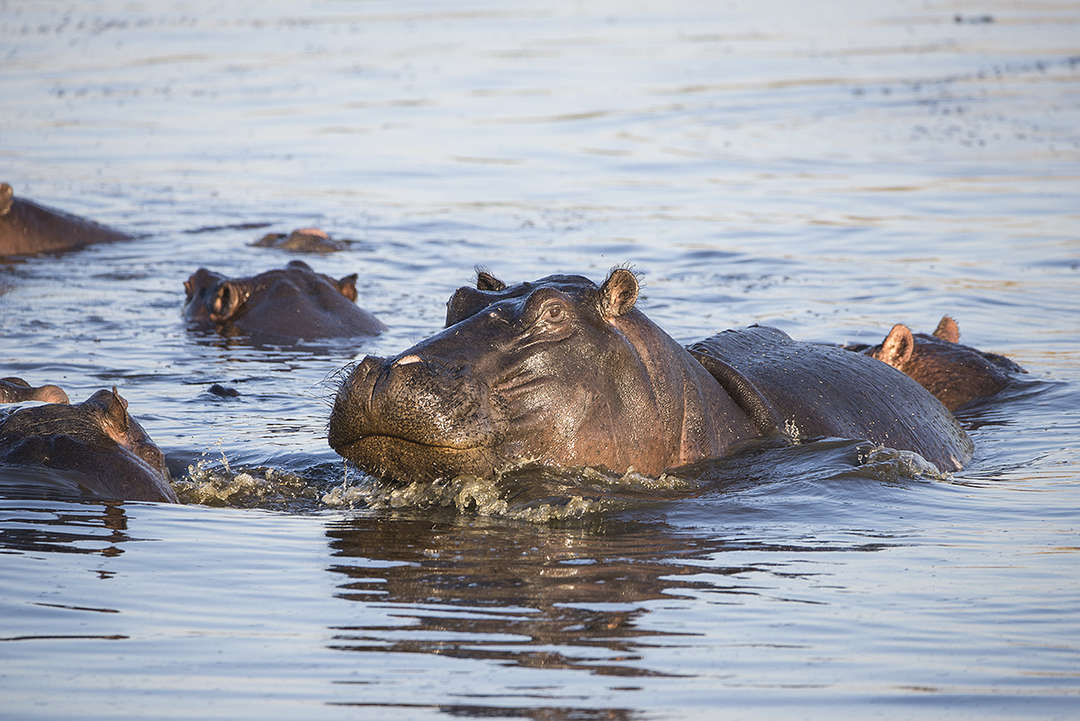
The eastern parts of Jao Reserve are also seeing more inflows currently, as of late May 2019, particularly around Pelo and Jacana camps, and the Boro Channel is also flowing through to the Xo Flats and the eastern side of Xigera Lagoon. What this means is that mokoro trips are still possible as a Delta experience on Jao Reserve, together with game drives.
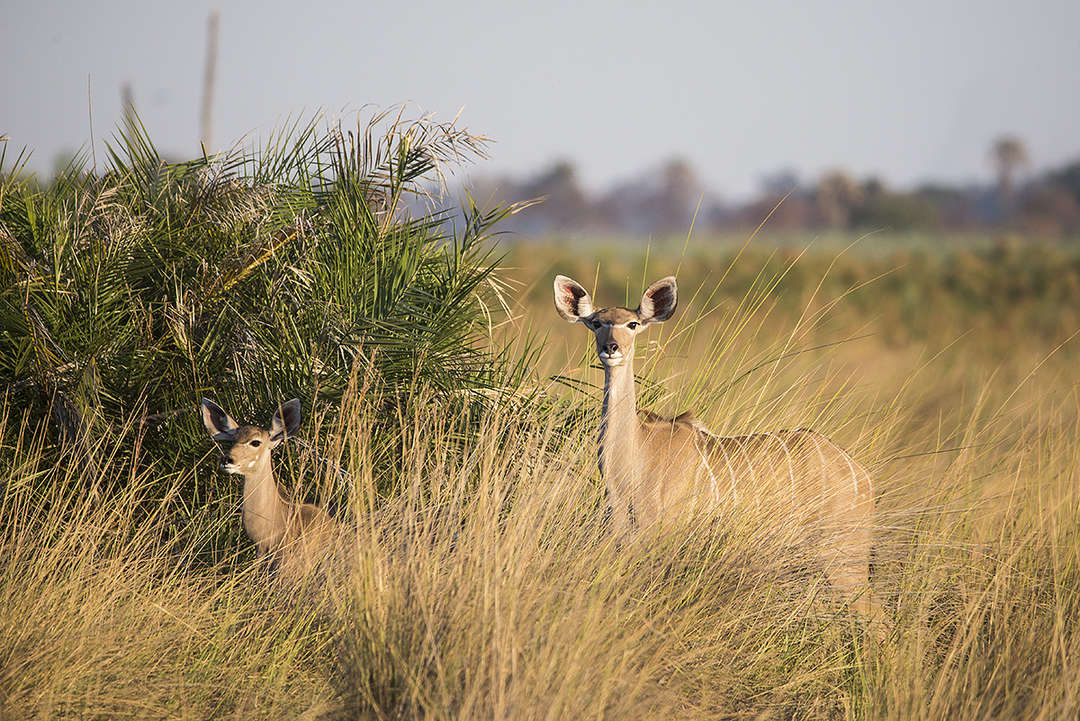

Written and photographed by Martin Benadie
